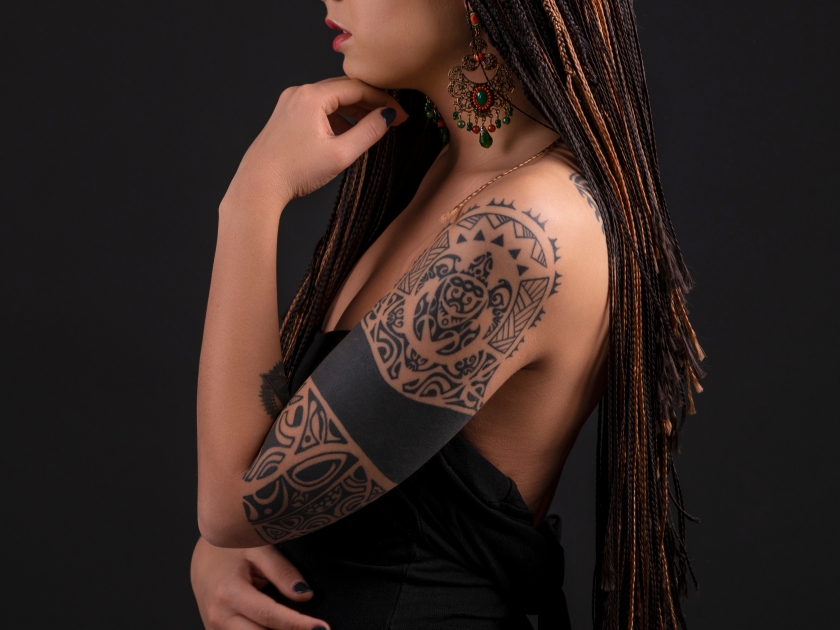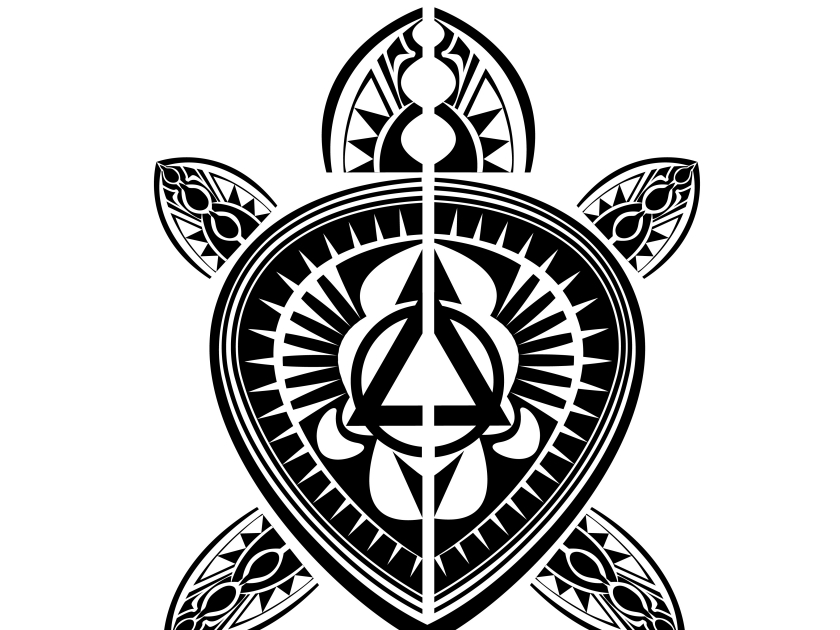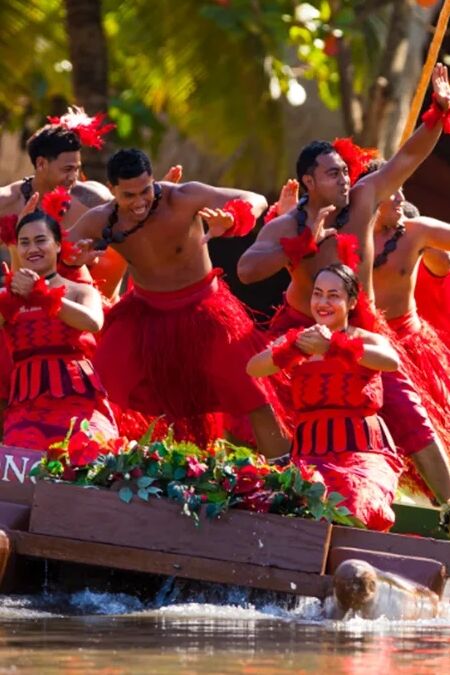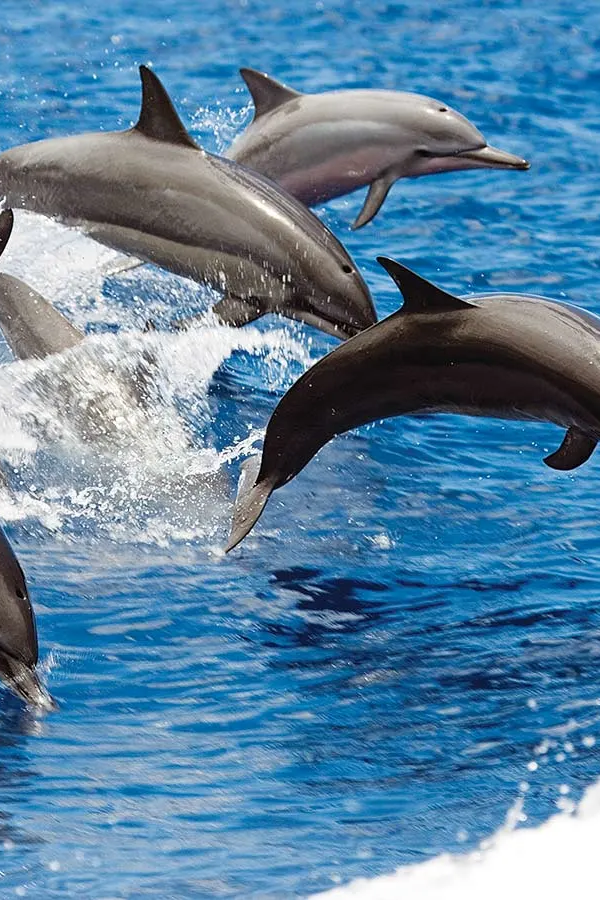Polynesian culture is renowned for its profound spiritual and social traditions, among which tattooing holds a place of particular importance. For centuries, tattoos have been more than mere decoration in these societies; they are deeply imbued with meanings, serving as indelible markers of identity, status, and heritage. This article explores the historical origins, symbolism, and rites associated with Polynesian tattoos, highlighting their significance in the past and their resonant influence in the modern world. By delving into the intricate patterns inked on the skin of the Polynesians, we will uncover how these tattoos act as both personal and cultural statements, continuing to inspire awe and respect across the globe.
Historical Origins of Polynesian Tattoos

The tradition of tattooing in Polynesian culture traces back thousands of years, deeply rooted in the mythology and social structures of these island societies. Initially, tattoos were seen as symbols of power and protection, often believed to embody spiritual strength that connected the wearer to their deities and ancestors. Each island group developed distinct styles and motifs, reflecting local beliefs and customs; for instance, the intricate geometric patterns of Samoan tattoos, which denote rank and community status, contrast sharply with the more fluid and expansive designs seen in Marquesan body art. Despite these variations, a common thread across all Polynesian tattoos is their role in rites of passage, marking important transitions in an individual’s life with rituals steeped in cultural significance.
Symbolism and Meanings Behind Polynesian Tattoos

Polynesian tattoos are a lexicon of symbols, each with its deep significance and story. Common motifs include the turtle, symbolizing longevity and peace, and the sun, representing riches and brilliance. These tattoos often map individual and familial histories, with specific patterns indicating genealogy, social status, and personal achievements. For instance, the ‘eni toto, consisting of dense, dark geometric patterns, often covers high-ranking individuals in Samoan society, signifying honor and leadership. Meanwhile, the Marquesan cross, a popular design found among the Marquesas Islands, symbolizes the balance between the elements and harmony in life. Through these designs, tattoos serve as a visible expression of one’s identity and spiritual beliefs, intricately woven into the fabric of Polynesian life.
Rites of Passage: The Tattooing Process
In Polynesian culture, receiving a tattoo is a revered rite of passage, marking significant life transitions and milestones. Traditionally, the process involved tools such as sharpened bone, turtle shell, or wood, which were used to tap ink made from natural materials into the skin—a method that required immense endurance and was accompanied by ritual chants and prayers. This painstaking process, often lasting for hours or even days, signified the recipient’s courage, endurance, and readiness to take on new responsibilities within the community. Modern Polynesian tattoo artists may use contemporary tools, but the essence of the ritual remains, deeply connecting the wearer to their cultural heritage. Personal narratives often reflect the transformative nature of this experience, with many describing the process as a profound journey of self-discovery and a permanent declaration of their place within the tapestry of their culture.
Modern Influence and Trends in Polynesian Tattooing
Polynesian tattoos have left an indelible mark on the global tattoo landscape, influencing artists and enthusiasts worldwide with their distinctive designs and deep cultural meanings. In recent years, there has been a resurgence of interest in traditional Polynesian tattooing methods, such as the hand-tapped technique, as people seek more authentic and culturally rich expressions in body art. This revival is not only popular within Polynesian communities, where there is a renewed pride in ancestral heritage but also among non-Polynesians who appreciate the art form’s beauty and historical significance. Current trends see these traditional patterns blending with modern aesthetic preferences, leading to innovative designs that respect their origins while appealing to a contemporary audience. This growing popularity underscores a broader cultural appreciation and a desire to connect with the profound narratives encoded in these ancient symbols.
Cultural Preservation and the Future of Polynesian Tattoos

Efforts to preserve Polynesian tattooing traditions are flourishing, as both a cultural imperative and an artistic resurgence among the younger generations. Community elders and tattoo masters are actively passing down ancient techniques and lore to ensure that the profound meanings and practices do not fade into history. Additionally, cultural exchange programs and international tattoo festivals are playing a pivotal role in promoting these traditions beyond the Polynesian islands, allowing a global audience to appreciate and respect this unique art form. Such platforms not only showcase the rich heritage and skill involved in Polynesian tattooing but also educate people about the cultural significance behind the designs, fostering a deeper understanding and appreciation across diverse populations.
Challenges and Controversies
The spread of Polynesian tattoos beyond their native cultural boundaries has sparked significant debates around cultural appropriation. Non-Polynesians who adopt these traditional designs often face criticism for wearing symbols that are not part of their heritage, potentially diluting the profound cultural meanings these tattoos hold. Moreover, Polynesian tattoo artists and those who wear these tattoos confront legal and ethical challenges, including the protection of cultural intellectual property and ensuring that these sacred practices are respected rather than commodified.
Appreciate these Art Forms and Honor the Rich Cultural Heritage
Polynesian tattoos are a profound emblem of cultural identity and heritage, encapsulating the history, spirituality, and social structures of Polynesian societies. Their intricate designs tell stories that have resonated far beyond the Pacific islands, influencing global tattoo practices and sparking interest in traditional arts. As these tattoos traverse cultures and borders, it is vital to approach them with respect and understanding. We encourage readers to deepen their appreciation of Polynesian tattooing by visiting museums, reading books that explore Polynesian history, and engaging with cultural centers that offer authentic insights into these practices. Support the communities that keep these traditions alive, ensuring that admiration does not turn into appropriation.




